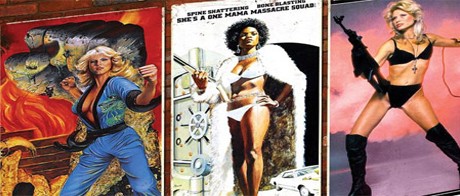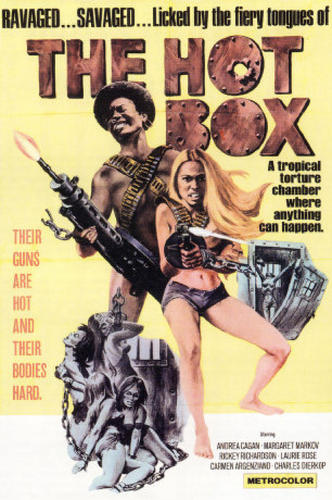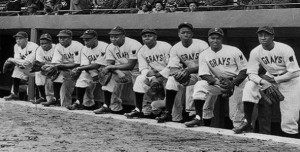In the 1970s, it was a filmmakers’ paradise — exotic locales, cheap labour and enterprising directors willing to try almost anything to turn a buck. Though located thousands of miles from Hollywood, the Philippines had one of the busiest film industries in the world from the 1960s until the mid-1980s, producing a run of delirious action, horror and blaxploitation films that spawned cult hits like The One-Armed Executioner, The Impossible Kid and Women in Cages.
These are just a few of the sleazy cult wonders covered in Machete Maidens Unleashed!, a new documentary that unspools at the Bloor Cinema from March 4 through March 10. In the film, director Mark Hartley unravels the Philippines’ cinematic legacy of go-for-broke stunt work, doffed blouses and fiery explosions.
“Filipino filmmakers would watch American films and try to duplicate them, but they did it in the simplest and often the most dangerous way possible,” says Hartley, who previously explored the B-films of his native Australia in his 2008 documentary Not Quite Hollywood: The Wild, Untold Story of Ozploitation!
“When they saw a guy jump through a glass window, they didn’t realize it was breakaway glass. So they would just throw somebody through a plate glass window.”
Featuring interviews with exploitation film luminaries like notorious producer Roger Corman, director Joe Dante and stars Sid Haig and Gloria Hendry, Machete Maidens Unleashed!uncovers drive-in gore delights like The Mad Doctor of Blood Island and Vampire Hookers (“Blood isn’t the only thing they suck,” according to the lurid trailers), as well as local productions like homegrown kung-fu hero Cleopatra Wong, whose director always kept a cocked gun in his belt, to For Y’ur Height Only, a 1981 spy spoof starring 2’9” kung fu phenomenon Weng Weng.
“Machete Maidens Unleashed! Is a really unique, action-packed documentary,” affirms Colin Geddes, who programmed the film as a Midnight Madness selection at the 2010 Toronto International Film Festival.
“Mark really has a way of making old and forgotten images look just as exciting as when they first popped on the screen. And the history of Filipino exploitation film is exciting and sometimes sexy, but also dangerous.”
One of the Filipino film industry’s most interesting periods comes from the 1970s, after longtime president Ferdinand Marcos declared martial law. Amid an atmosphere of violence and oppression, American filmmakers working for Corman’s New World Pictures were cranking out shlock like The Hot Box and The Big Bird Cage, which featured scantily clad women breaking out of jungle jails to get revenge on their captors.
“All those films seem to be about revolution and uprising against a dictator,” notes Hartley. “They weren’t intended to be subversive films, since the plots were usually just an excuse to show girls in bikinis firing machineguns. But in some strange, perverted way, watching these films on local screens was possibly the only way the Filipino people were seeing any kind of revolution.”
However, Hartley is quick to stress that Machete Maidens Unleashed! is not a political film, and describes it as 90 minutes of money shots.
“Today, with CGI special effects, the action of filmmaking is often a guy sitting at a computer,” agrees Geddes. “But with Mark’s film, we hear about actors and directors really in the trenches, dodging gunfights in the hotel bars. There’s more stories in Machete Maidens Unleashed! than there ever will be about the making of Transformers — in all three of them, in fact!”
Contributor: Paul Corupe






